In this new article we are talking situational marketing, how it works and the many sides of situational marketing.
We will be covering
- How to use evergreen content within situational marketing
- Using news events as part of your marketing plan
- Causes
- Using special calendar dates as part of your situational marketing campaign
- Leveraging relevant websites
- Social Media
- Location-based marketing
- The customer
Let’s get started!
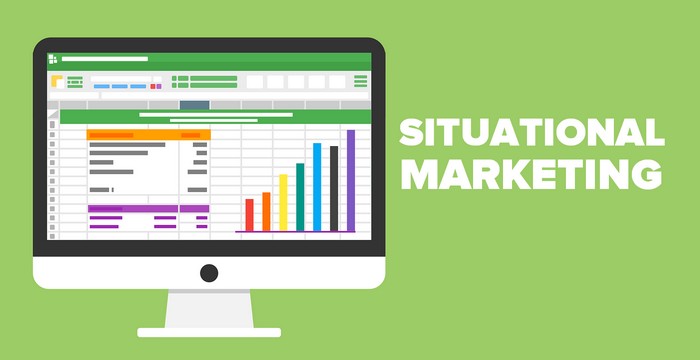
Marketing is and constantly has been, an evolutionary process
Less than a century ago, advertising a product meant spending a relatively large sum of money to reach national and often international audiences with the broadest message possible.
For most marketers, it was a case of generating a ‘big idea’ that would appeal to as many people as possible.
Some marketers still believe this is the best way to win customers.
However, the ‘big idea’ is tired and hackneyed.
You need only look at the TV advertising of twenty maybe even only ten years ago, to see how bland and uninteresting marketing could be.
Thankfully, these big expensive marketing campaigns are becoming a thing of the past.
There is now a fuller recognition that in order to win customers, you have to win both their hearts and their minds.
This has, by no means been an easy process.
Once upon a time, understanding our customers and their motivations meant focus groups, endless surveys, or just guesswork.
But now things are changing, and they are changing rapidly.
Personal lifestyle and technology are becoming ever more linked.
This means marketers are now starting to get a fuller picture of how customers choose their products and services.
Rather than the broad, one-size-fits-all approach, marketing professionals have to approach potential customers on a more personal level.
This is where ‘situational marketing’ comes in.
It is a loose term but essentially requires a marketing professional to show a keen insight into the interplay between a demographic, society and advertising.
A required understanding of how trends work, how public events play into public consciousness and how personality informs purchasing habits.
It is useful, at this juncture to look at some examples.
As technology allows us to gain greater insight into personal desires and wants, the term is likely to continue to transform, but here are some essential ideas on how you can utilize situational marketing.
How To Use Evergreen Content Within Situational Marketing
For marketers, bloggers and social media influencers, the ‘holy grail’ is creating original content ideas that remain relevant, regardless of trends and paradigm shifts.
It is something which creatives across the world and throughout all of the time have sought tirelessly to harness.
In the context of marketing, it is known as ‘evergreen content.’
This kind of content does not come easily and can take in-depth research, constant testing, and tweaking and sometimes a big helping of luck.
Often it comes from an intrinsic, timeless service or product that never ceases to be useful or a marketing idea that appeals across generations and cultures.
Not all brands can utilize evergreen content forever.
Products and services can become redundant as society moves forward.
However, even if your product does eventually get left behind, this kind of content can act as a kind of legacy of your brand.
A good example of this is the boom in so-called ‘nostalgic branding’.
These brands play on the personal desire to be transported to either one’s childhood, or a time long gone that seems somehow romantic.
For example posters of the Second World War era, such as the iconic ‘Rosy the Riveter’ or ‘Keep Calm and Carry On’ have seen a renaissance in recent years; the fact that vinyl records continue to sell rather than CDs or cassette tapes.

Evergreen content can really be a powerful tool in your marketing kit.
If you find that you have got something which evokes a feeling of nostalgia or resonates across generations, you’d be wise to link it intrinsically with your brand.
You’ll soon find your customers excited to engage with your product or service.
Join the conversation - Do you use news events as part of your marketing plan? Click To TweetUsing News Events As Part Of Your Marketing Plan
There is no surer way to stay relevant than showing that your brand is aware of current political and societal events.
To disengage with current events can make a brand appear disengaged from their customers and actually a little selfish.
There are however good reasons to keep a little distance from politics and societal events.
Engaging with news stories is traditionally seen as a little unprofessional in commercial or business interactions.
We risk alienating sections of our audience or even enraging some of them.
In addition, we want to ensure that our brand is humanitarian and not seen as exploitative.
That said, providing we market using positive and emotionally uplifting content, there is little that any potential detractors can do to disassociate our brands from positive and uplifting messages.
For our customer base, it can show courage, relevancy and thorough engagement.
This often brings with it greater customer loyalty.
A great example of this is the profile picture filter on Facebook.
In the aftermath of tragic events, football wins or even panel show wins, Facebook users ‘rebrand’ their personal profiles to show their allegiance and thoughts.
For businesses, showing a similar willingness to engage with current events establishes them as part of a wider community.
If all this sounds like it could be a bit exploitative, consider this last point.
Businesses are made up of individuals who are affected by news events, and each has their own feelings.
Therefore, as a collective of these individuals, businesses are finally capable of showing a personal side which they were not free to in the past.
Causes
Taking the above point even further, many brands are now making the news themselves.
Not content with just recognizing public events, they have started to actively engage with national and international conversation.
Again, this has proved to be a risky strategy at times.
But if the right cause is picked, it can prove extraordinarily vital to fostering brand loyalty.
In times gone by, this particular kind of situational marketing was the preserve of public relations and outreach.
But the lines between PR and marketing have blurred as social media has taken off, and as a result, championing a cause has also been integrated into a marketing strategy.
The causes that brands champion should always be relevant to the offer, in some way.
They should also, of course, be relevant and appealing to the target demographic.
Causes are a way of shining a light on issues that may affect your chosen industry, for instance, or even challenge previous marketing models.
In December 2018, budget frozen food supermarket Iceland generated a lot of coverage by producing an advert that went on to be banned for being ‘too political’.
The advert in question brought attention to the use of palm oil in certain products as a detrimental effect on rainforests in South East Asia.
As a result of the banning, the ad went viral and earned the video a staggering 3.7 million views in the first three days of being uploaded to YouTube.
One thing to be aware of when championing a cause is that there is nowhere to hide if you don’t follow through.
Iceland committed to removing all palm oil from its products from the 31st of Dec 2018.
If a brand can’t commit in a likewise fashion, very soon championing a cause can become an embarrassment at best, or utter ruination at worst.

Using Special Calendar Dates As Part Of Your Situational Marketing Campaign
One issue that many marketers face is the ability to generate relevant content all year round.
Many marketers resort to recycling blog posts, videos or pictures in an effort to stay at the top of news feeds.
However, in an age where attention spans are limited to immediate relevancy, recycling content can result in brand fatigue.
A simple and effective way of generating ideas is to use special calendar dates to draw inspiration from.
We already know the big ones: Christmas, Valentines, Easter.
But, as the Google Doodle shows us, there is an almost unlimited source of dates, anniversaries and festival days we could draw from.
Of course, it’s important to ensure that the marking of these dates is built into a proactive strategy.
This particular strain of situational marketing requires some forethought and particular attention to relevancy.
There would be no reason, for instance, for a summer clothing brand to advertise their line of sandals during the winter season.
But with a little forethought, marking special dates can help to create some compelling marketing campaigns.
Take, for instance, eHarmony’s viral campaign over Valentine’s Day.
For single people, Valentine’s Day celebrations can be a bit irritating and depressing.
The video eHarmony produced sought to upend the stigma of singledom by showing how kids see Valentine’s Day and softened the image by spreading a message of hope and bonding.
This speaks to their customer base on a humane and deeply personal level.

Leveraging Relevant Websites
Situational marketing is not just about identifying trends.
With firm and detailed data analytics, we now have the means to target our audience through sources beyond our landing pages, blogs, and vlogs.
As marketing professionals, we should be in the habit of constantly refining and zeroing in on our chosen demographic, creating detailed pictures of who they are and what motivates them.
For a modern e-commerce business, paid web advertising is the simplest way of getting our message out to the right people.
We may want to create compelling Google or Facebook Ads, and certainly, that is emerging as one of the best ways of reaching people who may want our product.
But though we will always want ours to be the first page they click on, it is also important to get an understanding of what has led them to us.
In creating a good situational marketing strategy, the key is to anticipate the previous moves our customer will make across the internet.
To take a very basic example, if we sell paper, we should seek to advertise our business on a website that sells pens.
More complex businesses are likely to have a greater amount of relevant options to choose from.
Don’t underestimate user-driven content either.
For every industry, there are countless experts who use their knowledge to review or post about products, services or issues that each industry faces.
They have great potential for creating ‘social proof’ around your brand, and if they get on board with you, they will bring their followers along with them.
Social Media
Talking of followers, we cannot talk about situational marketing without talking about the power of social media.
Of course, there are many thousands of blogs and articles across the web espousing the virtues and latest marketing techniques.
But ultimately, social media marketing boils down to the premise that if businesses want to get close to their customer base, they need to engage with them on a personal level.
Many companies still rely on automated posting, recycled content and flashy, impersonal imagery to represent themselves on social media.
But these companies are missing the point. Social media should be ‘social’.
These means in order to create a compelling, personal social media strategy, marketing professionals need to be hands-on.
The likes of Twitter and Facebook are saturated with a constant barrage of self-aggrandizing marketing messages, which are very easy to switch off from.
However, putting a personal touch to your social media use has the potential to surprise and delight your customers.
This can take the form of a personal message, welcoming them to your feed, thanking them for taking a look, or even offering them the chance to leave some feedback.
You can check them out while you’re at it – seeing what other pages they like, what other feeds they follow gives you an insight into the kind of customer they are and how you are likely to engage with them in future.
Join the conversation - Situational Marketing: How Does it Work?Click To TweetLocation-Based Marketing
You might have noticed that as we’ve moved through the above points, we’ve been getting closer and closer to customer themselves.
In the past ten years, digital technology has brought people across the globe closer to each other than ever.
One of the most groundbreaking ways this has happened is through location-based technology.
Some were very nervous about this technology, and there was an underlying fear of Orwellian surveillance, in the beginning.
But still, the technology is there and getting more and more transparent.
People now use location-based suggestions daily on their commute to avoid traffic or to navigate to restaurants or even each other.
As marketing professionals, we too can harness location-based technology to get closer to our customers.
For example, if you represent a restaurant in a particular city that is close a theatre, let’s say, would it not make sense to target your ad to anyone checking into that theatre via a location app?
This kind of technology gives smaller, local companies the chance to level the playing field and stand out above bigger companies with bigger budgets.
Location technology works in a similar way to signposts and billboards.
Harnessing it is the virtual equivalent of waving and pointing, but with the additional benefit of allowing your potential customer to browse your products and services before entering your premises.
The Customer
Situational marketing is not just about selling.
It is also about remaining in contact with those who have engaged with your brand already.
Marketing professionals should always seek to glean as much information from their customers as possible in order to build up a more detailed picture of their target demographic.
But this isn’t the only reason we should be collecting data.
Our customers are not just data mines, but real, living people.
They like to engage with brands they feel care about them.
We’ve learned what they care about.
How they react to the world around them and how they have come to learn about our brand.
To keep their loyalty and trust, it is important to reward them with simple acts of interest and engagement.
In our dealings with them, we may have learned their birthday, for instance.
A simple message to say happy birthday may seem corny.
But to some, it actually matters and keeps them mindful of us in return.
We may have learned their first name, and our marketing and social media messages should make use of this.
These are also excellent ways of offering them exclusive deals.
Discounts and even freebies can be given as a reward for continuing to engage with our brands.
We can offer them personalized calls-to-action, the chance to review a recent product or update them with new services they may not otherwise be aware of.
Situational marketing is very much centred around the customer.
It brings with it a new age of customer service and interaction.
We’ve come a long way from the monolithic, impersonal billboards of the 1950s.
We now find ourselves in a place where customers and companies can interact with one another almost constantly.
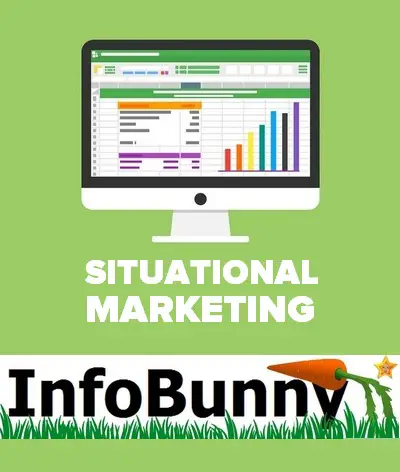
That’s all for now.
So do have you experience with situational marketing?
Let me know in the comments section below.
Make sure that you subscribe to the comments so that you are notified when I reply
Regards Oliver
Related Articles
Marketing Your Brand Using Fashion Digital Marketing
How to drive traffic to your site with Quora
- Situational Marketing: How Does it Work? - March 7, 2019





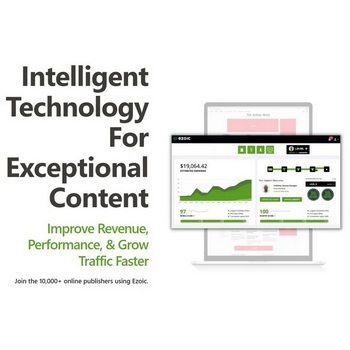


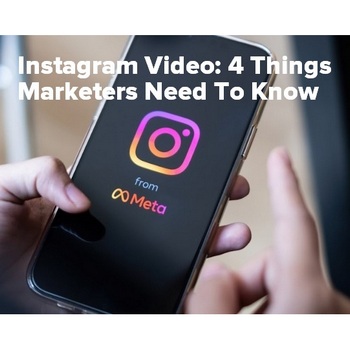
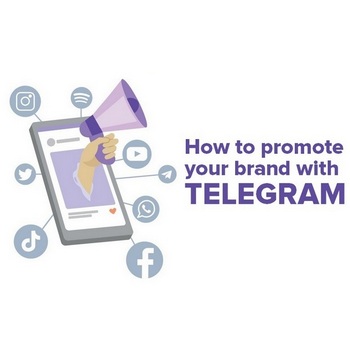

Nikola Roza
To be honest Oliver, I had no idea what situation marketing is. First time I hear of it and that’s why I read your article .
Ah, how much I have to learn still…
What I did get is that brands that make campaign promises better keep them or they’ll get wrecked, proportional to the attention they manged to garner.
Nikola Roza recently posted…Jaaxy Keyword Tool Review and Analysis (2019)- Don’t Buy Before You Read!
Dexter Roona
Hi Nikola, it is all about reacting and using what is around you to market.
You more than likely do this but have just never labelled the process.
Another process that I was unfamiliar with was keyword anticipation, or in other words predicting keywords that will become popular so that to ride the wave when they do take off.
Looking forward to your next article.
Regards Dexter
Dexter Roona recently posted…Here’s Why Your Link Building Strategy Is Failing (and How To Fix It)
Digital roy Academy
Something New i have learnt today. Very interesting and Informative blog:) Thank you 🙂